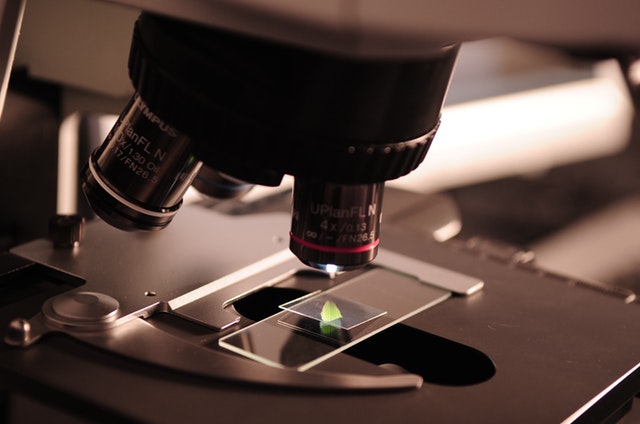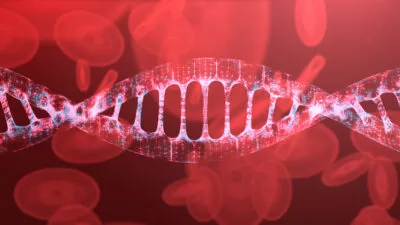In scientific terminology, a “compound” refers to a substance formed by the combination of two or more different elements or molecules. These elements or molecules can be chemically bonded together to create a new substance with distinct properties. Here’s a more detailed explanation:
- Chemical Bonding: Compounds are created when atoms of different elements chemically bond together. These atoms can form various types of chemical bonds, such as covalent bonds (where atoms share electrons) or ionic bonds (where atoms transfer electrons).
- Distinct Properties: Compounds have properties that are different from the individual elements or molecules that make them up. This can include differences in physical characteristics (e.g., melting point, density) and chemical behavior (e.g., reactivity).
- Composition: A compound has a specific chemical composition, meaning it contains a fixed ratio of atoms of different elements. For example, water (H2O) is a compound composed of two hydrogen atoms and one oxygen atom.
- Homogeneity: Compounds are typically homogeneous, meaning that their composition is uniform throughout the substance. This is in contrast to mixtures, which can have varying compositions and are not chemically bonded.
- Examples: Common examples of compounds include water (H2O), sodium chloride (table salt, NaCl), carbon dioxide (CO2), and glucose (C6H12O6). Each of these compounds is made up of specific combinations of elements.
- Chemical Formulas: Compounds are often represented by chemical formulas that indicate the types and numbers of atoms or molecules in the compound. For example, the chemical formula for methane is CH4, indicating one carbon atom and four hydrogen atoms.
- Role in Chemistry: Compounds are central to the study of chemistry because they are the substances that chemists analyze, synthesize, and manipulate to understand chemical reactions and processes.
In summary, a compound is a substance formed when two or more different elements or molecules combine through chemical bonding to create a new substance with distinct properties and a specific chemical composition. This concept is fundamental to our understanding of chemistry and the behavior of matter.





